Click on images to enlarge
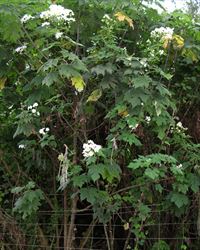
habit (Photo: Forest and Kim Starr, USGS)
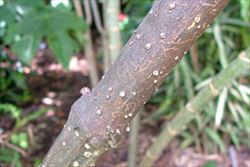
close-up of woody stem (Photo: Sheldon Navie)
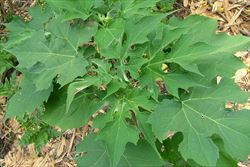
the large, deeply-lobed, leaves (Photo: Sheldon Navie)
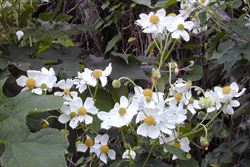
flowers (Photo: Forest and Kim Starr, USGS)
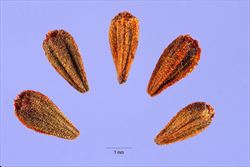
close-up of seeds (Photo: Steve Hurst at USDA PLANTS Database)
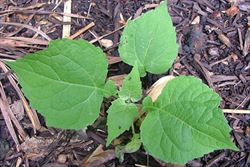
seedling (Photo: Sheldon Navie)
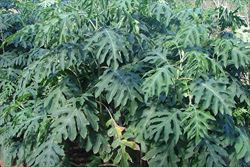
the very similar Mexican tree daisy (Montanoa bipinnatifida), which has also become naturalised in Australia (Photo: Sheldon Navie)
Scientific Name
Montanoa hibiscifolia Benth.
Family
Asteraceae (Queensland,
Compositae (
Common Names
Anzac flower, bush daisy, montanoa, tree daisy, treedaisy
Origin
Native to Mexico and Central America (i.e. Costa Rica, El Salvador, Guatemala, Honduras and Nicaragua).
Naturalised Distribution
Widely naturalised in the coastal districts of Queensland. Possibly also naturalised on Norfolk Island and in the coastal districts of northern New South Wales. Naturalised overseas in South Africa and on islands in the Indian and Pacific Oceans (e.g. La Réunion, French Polynesia and Hawaii).
Notes
Anzac flower (Montanoa hibiscifolia) is regarded as an environmental weed Queensland and as a "sleeper weed" in other parts of Australia. It is deliberately cultivated as a garden plant, but has escaped cultivation and become a weed of roadsides, riparian areas, gullies and rainforest margins in the warmer parts of eastern Australia.
This species is of particular concern in northern Queensland and is listed as an undesirable plant in the Wet Tropics World Heritage Area. It is also a declared pest plant under local law in Eacham Shire and is regarded as a serious weed invading the margins of Picnic Crossing Reserve in Atherton. It is also becoming a problem species in south-eastern Queensland, where it often grows in riparian vegetation or in forest gaps and margins in coastal districts.

